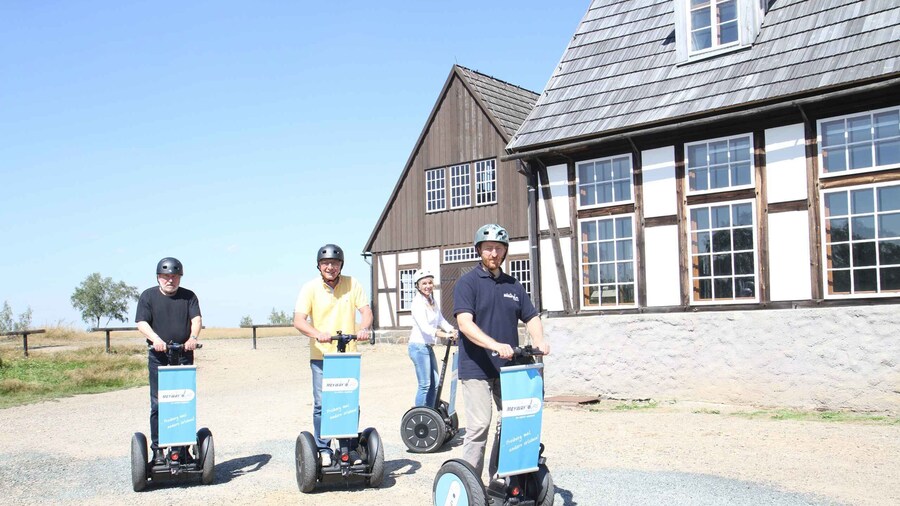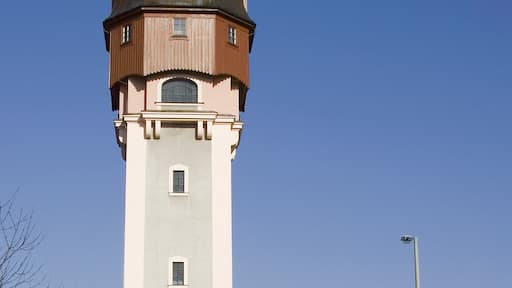Learn about eight centuries of mining history in the abandoned shafts of this charming commune known as the Silver Town of Saxony.
The historic mining town of Freiberg is a cultural hub with a notable university and many intriguing landmarks. In the picturesque Saxony region of eastern Germany, this historic commune has a quaint old town and tells the 800-year-old story of the country’s smelting and mining industries. Stroll along the banks of small streams and wander up the green hills surrounding the town.
Get a sense of the local culture with a trip to the central Obermarkt square in the Oberstadt (Upper Town) area. The square often hosts farmers markets, as well as a traditional Christmas market in winter. Admire the medieval and Renaissance buildings that surround the plaza and stop by one of the traditional pubs for a local beer.
Walk north for a few minutes to reach the impressive Freiberg Cathedral and admire its Romanesque Golden Gate. See elaborate royal emblems and the Triumphkreuzgruppe artworks, which date back to the 13th century.
Learn about the town’s mining heritage at the Terra Mineralia Museum. It overlooks the scenic Kreuzteiche Lake in central Freiberg. Amble along the shore to reach the tree-lined lawns of Albertpark. Visit the Freiberg University of Mining and Technology located to the north of the park and find out how Freiberg is now making a name for itself in the field of solar technology.
In the northeastern part of the town is the Reiche Zeche, which claims to be the world’s oldest exhibition mine. Descend into the 500-foot (150-meter) mineshaft on a guided tour.
Expect harsh winters and pleasant summers typical of northern Europe. Bring an umbrella for the frequent rainy weather.
Fly to Dresden Airport in eastern Germany and drive west for about 34 miles (55 kilometers) to reach the town. It lies between the cities of DresdenOpens in a new window and ChemnitzOpens in a new window, close to the border of the Czech Republic.
Adorned with pretty lakes and streams, Freiberg is an essential part of German industrial history.












